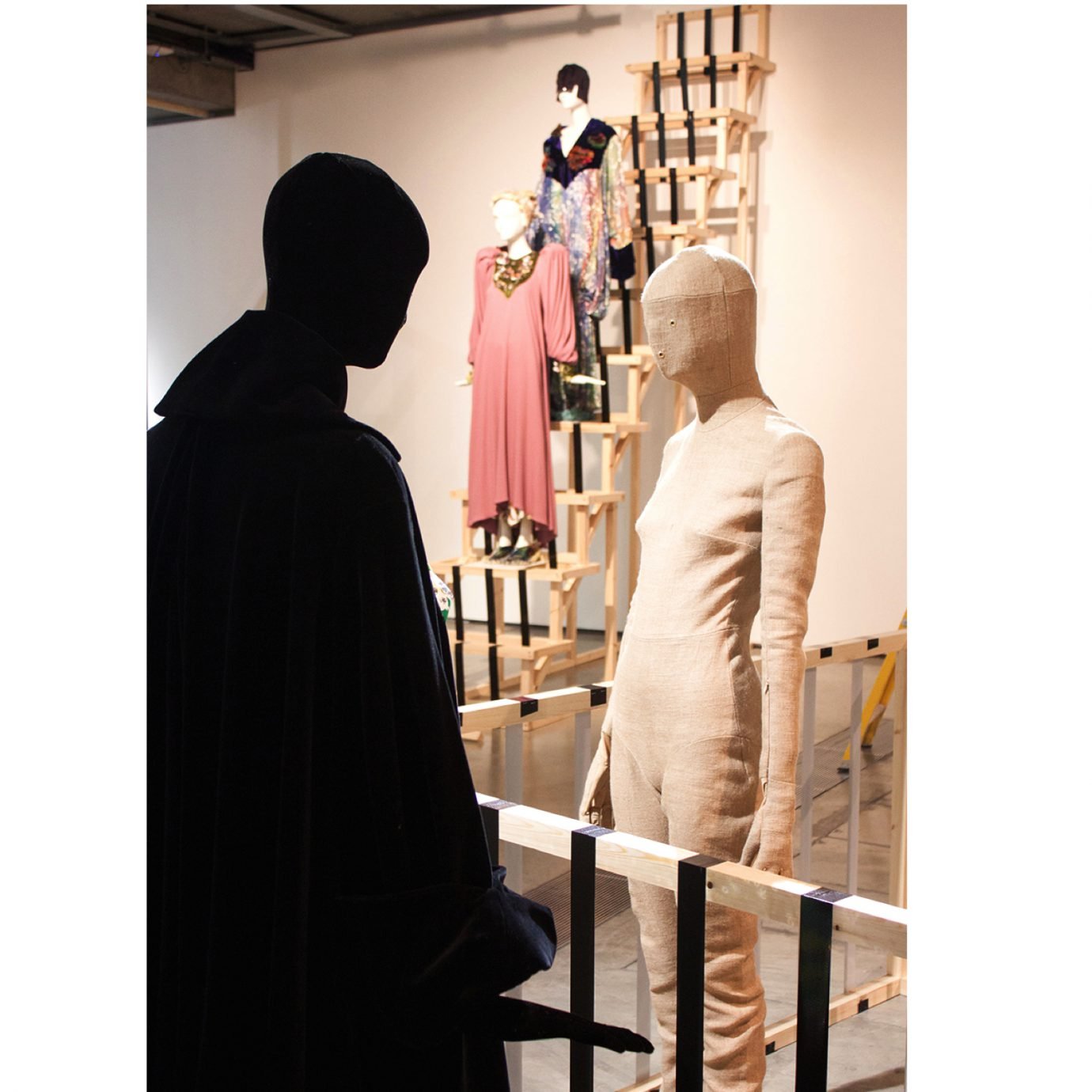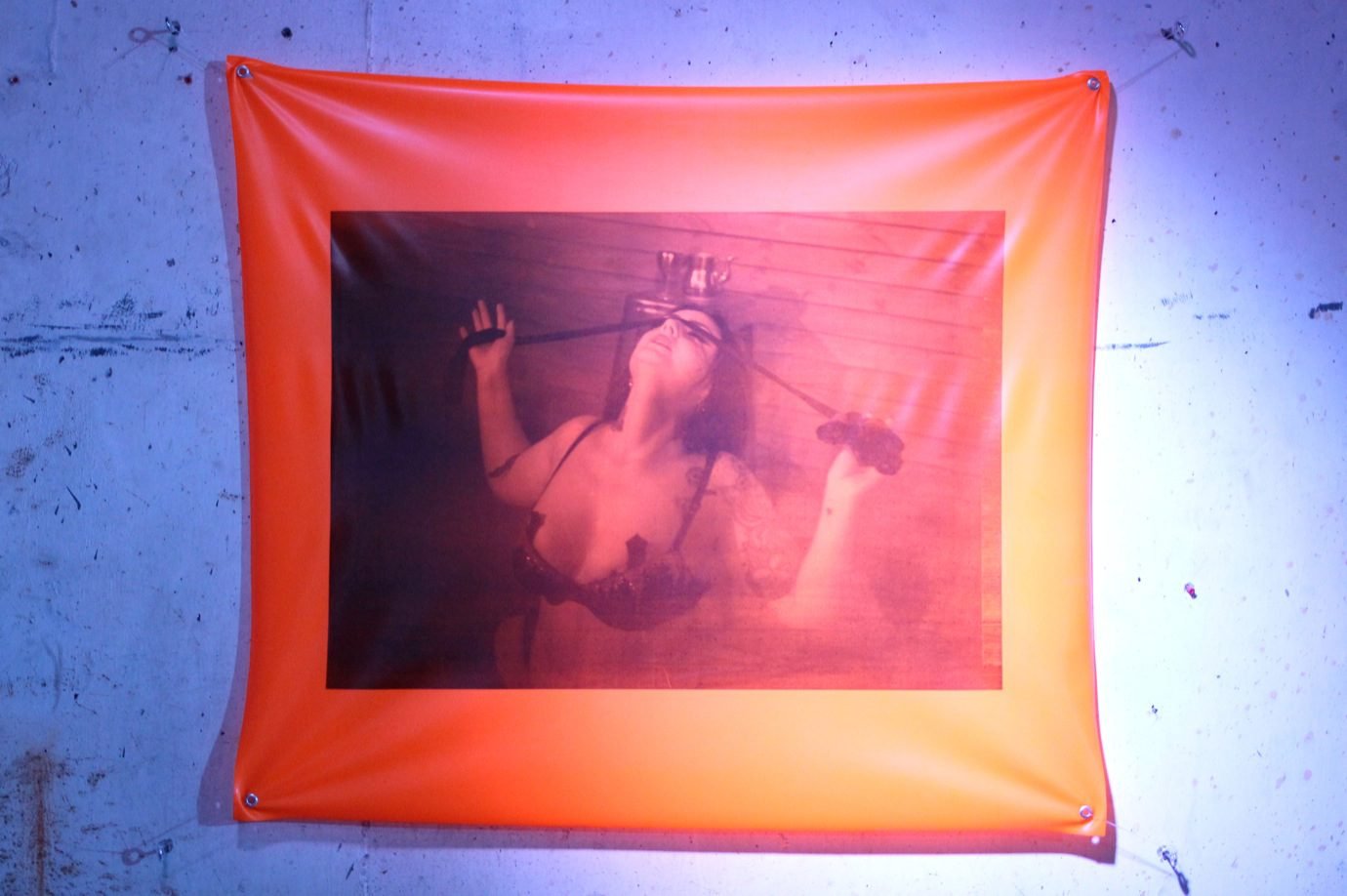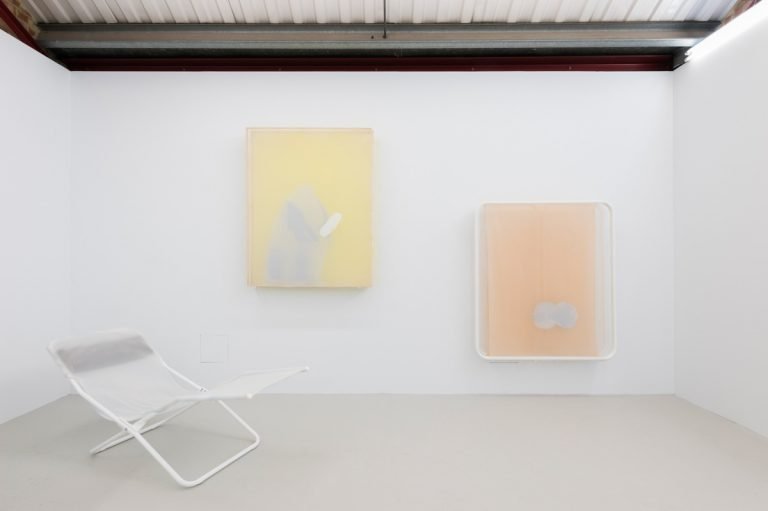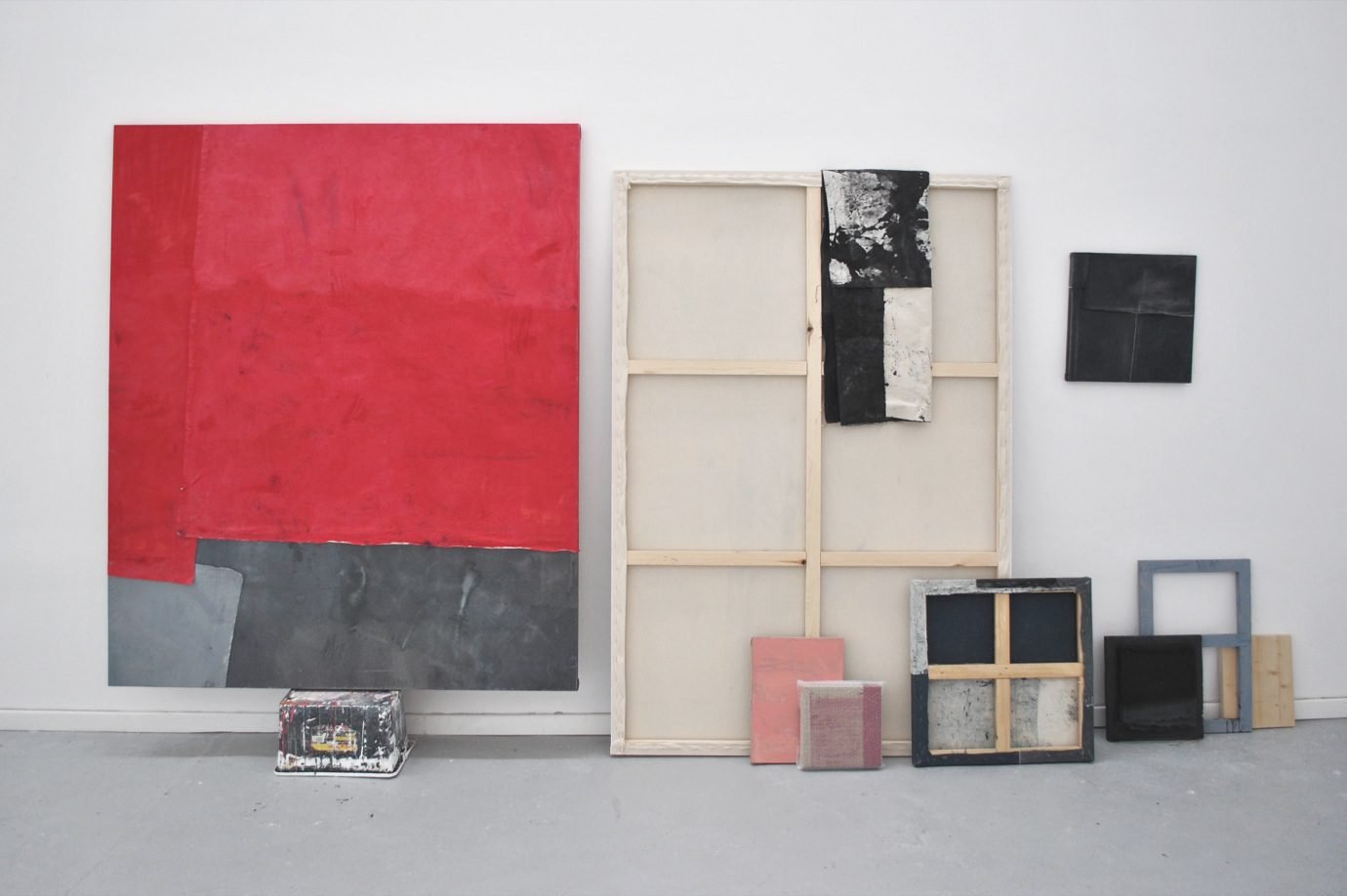What was the greatest challenge you have faced when curating the Martin Margiela exhibition?
To imagine with Martin a project that would be true to his universe and at the same time relevant in the art world: it is not easy to go from one world to the other and it is still not so well accepted. But I’m convinced that Martin has always been an artist, even when he was doing fashion. So it was a matter of having him pursue his earliest obsessions (absence, secrets, rebirth, disappearance, fragility) and having him display them with other tools – from the catwalk to the white cube.
Is there a human side to Mr. Margiela that you feel you have discovered as a result of your close collaboration with him?
He is one of the most humble and open people I know, yet incredibly precise and sophisticated (in the best possible way). His million ideas a minute keep on surprising me, his creativity is really boundless and the way he plays with conventions has also been very inspiring. Nothing is taken for granted.
“The day before the opening of the show Martin proposed to add 15 new works to the exhibition, which would remain invisible – we would only see their shadow painted on the walls.” – Rebecca Lamarche-Vadel
Why did you feel that an exhibition of his work as an artist was necessary now?
He felt it as he was the one desiring to show his work – after several years spent on developing his research, he felt ready to be back and meet again the public, in a different way and perhaps much more democratic and accessible than with fashion.
Do you have any favourite anecdotes from your time curating the exhibition?
The day before the opening of the show he proposed to add 15 new works to the exhibition, which would remain invisible – we would only see their shadow painted on the walls. I think this move was essential and the timing impeccable.
“I got to swim into Margiela’s head for a few years and that was a total novelty. ” – Rebecca Lamarche-Vadel
You have a wealth of knowledge and are a highly experienced professional in your field. What have you learned that is completely novel to you?
I got to swim into Margiela’s head for a few years and that was a total novelty.
Which song or/poem/cocktail would you choose to describe the exhibition?
Poems to Night by Rainer Maria Rilke – the whole book.
“His way of loving what we cannot see is a permanent inspiration for me. ” – Rebecca Lamarche-Vadel
If you could pick one Margiela art piece in the exhibit to keep forever, which one would it be and why?
The dust paintings. Since the first day Martin told me about the work, I’ve fallen in love with it. They are monumental portraits of the dust particles that appear at the beginning of 16mm movies. This homage to the uninvited characters of the movie, and to what we never pay attention to, is very touching. It reminds us that even when we think there’s nothing, we’re actually surrounded by multiple presences that inhabit what we think is the void. His way of loving what we cannot see is a permanent inspiration for me.
Are there any recurring fashion motifs from Margiela’s legacy as a fashion designer that you can identify and that are still reflected in his work as an artist?
Connoisseurs of Margiela’s work will recognise his lifelong obsessions with upcycling found objects, surprise, and unconventionality, as well as certain themes that are unique to him, such as monochrome, skin, hair, and anatomy.
If you’ve missed the exhibition, we’ve got you covered! Here is our 5-minute tour of Martin Margiela at Lafayette Anticipations :









